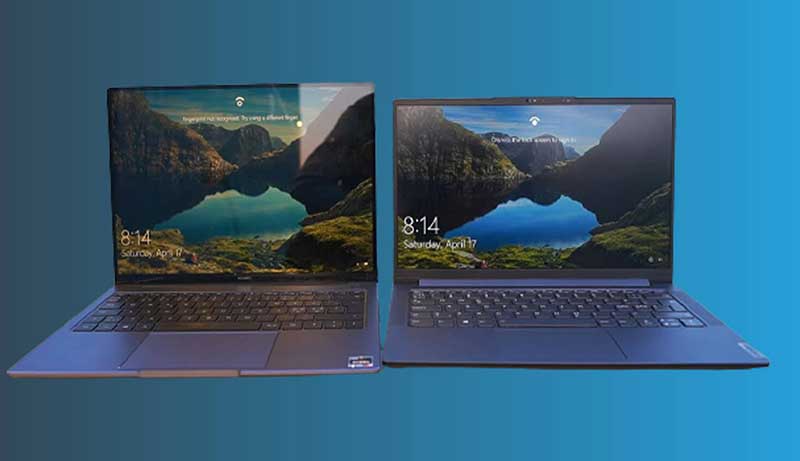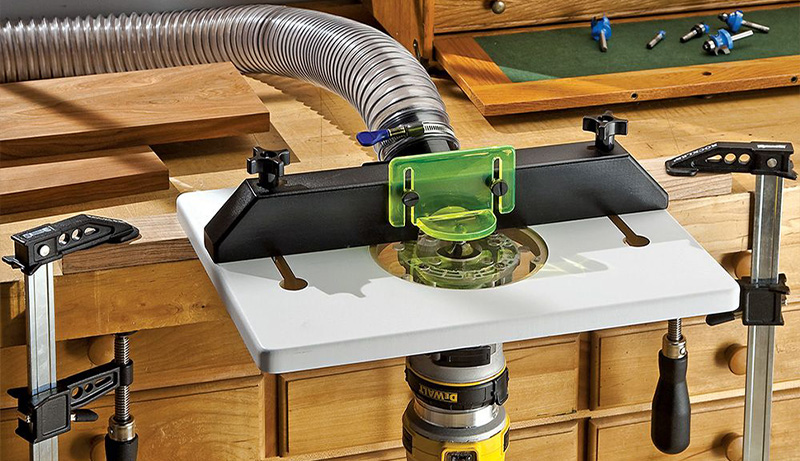The humble computer is an important device in everyday lives for the people of this today’s world. It has grown from the glitzy luxury of a lucky few to an essential part of most businesses and a welcome addition to many households.
Despite the increasingly miniaturization of computers and the adoption of new forms of mobility such as tablets and integrated “all-in-ones”, the raw power and versatility of the desktop remains unmatched.
A key feature of the modern desktop that sets it apart from these regulated and rather rigid alternatives is the inclusion of a base unit (usually a tower) with components that can be easily upgraded.
Another difference is the ubiquitous inclusion of a standalone monitor, with a matte or glossy display, which has undergone the same “evolution” as the rest of PCs – and will continue to do.
Although the complexity of different display technologies is often misrepresented by manufacturers and misunderstood by consumers, there is one fundamental attribute that is often discussed; screen monitoring.
Unlike what happens “under the hood”, the surface of the screen is easily visible from the outside and represents the essential visual link between the man (and woman) and the screen. Unlike previous CRTs, modern displays are not limited by a hard, highly reflective glass surface.
The surface nature of screens is much more flexible and comes in many forms – with varying degrees of anti-reflective or anti-glare properties. But as with most aspects of the screen, it’s rarely that simple; there are some caveats regarding conventional “anti-glare” surfaces.
We explore the limitations of some of the most common “anti-glare” implementations and consider alternatives and possible future directions of computer screen surfaces. For more suggestions, you can read about PPI Monitor.
Matte Monitors

The matte screen surface consists of an outer “polarizing layer” that has been roughened using additional mechanical and sometimes chemical treatments. Common processes for producing this surface include multi-layer sputtering or multiple dip coatings possibly followed by chemical surface treatment.
Although it is not necessary to explore the intricacies of these coating processes, we will consider the desired end result of this treatment. This is to achieve a matte finish on the surface of the screen that diffuses ambient light instead of reflecting it back directly to the viewer; Smooth surface acts like a mirror.
The dramatic reduction in unwanted glare and reflections has resulted in a term synonymous with such displays; anti-reflective. While diffusing ambient light and thus reducing glare is desirable, it is not a perfect solution. The optical properties of the surface work both ways, i.e. the light emitted by the screen is also affected.
In addition, there is some degree of interference between the emitted light and the scattered incident light. The path of emitted light (from the screen) and ambient light (from the environment) and its interaction with the matte surface of the screen are shown in the diagram below. Checking the Response Time Monitor will be helpful as well.
Merits of Matte Monitors
- Glare reduction improves image visibility in areas with strong ambient or direct light.
- Ability to reduce eye strain in situations where you don’t have to focus “through” strong light or glare to view images.
- Less visible dust, grease and dirt.
Demerits of Matte Monitors
- Reduced contrast and pigment
- Sharpness is mild to moderate – depending on the thickness and coating of the matte surface and the sharpness of the screen.
- Generally more difficult to clean due to dirt ingress and relatively difficult to see the fruits of your labor.
- Texture is grainy or cloudy clearly in some cases, especially when displaying white and other bright colors
Glossy Monitors

Unlike the hard floor of a glossy display a smooth display has a miles smoother outer polarizing layer. Rather than diffusing ambient mild this clean floor has a tendency to mirror it again pretty directly, inflicting undesirable reflections and glare – especially beneath sturdy direct mild.
On the turn aspect the mild emitted from the screen is unhindered via way of means of a sturdy diffusion processes. And other than reflections the picture seems richer, extra colorful and unadulterated.
Modern smooth polarizing movies are regularly handled with the use of an anti-reflective (AR) chemical coating which include magnesium fluoride or unique polymers which act in component to resource absorption of a number of the ambient mild.
Some of Samsung`s smooth fashions have their display surfaces laced with silver nanoparticles in what’s dubbed an `Ultra Clear Panel`. This is designed to resource absorption of a few ambient mild to a barely extra diploma than a conventional anti-reflective chemical coating without impeding picture performance. In addition, you can check the recommendations for the 4 Monitor Graphics Card.
Merits of Glossy Monitors
- Less reflection in certain lighting conditions compared to untreated glossy surfaces.
- Easier cleaning due to less dirt ingress and better visibility of grease and dirt.
- In general, aesthetics are better as long as the screen is kept clean.
- A “cleaner” image without blurring or graining.
- Direct light emission improves image contrast and vividness
Demerits of Glossy Monitors
- High levels of ambient light and direct light hitting the screen can cause distracting reflections and “whiten” the image.
- Potentially increased eye strain due to difficulty focusing on the image via reflection.
- Dust, grease and dirt are easier to see, especially when the screen is off.
- Need periodic cleaning
Final Words

Screens of all trends, from large TVs to monitors to smartphones, use glossy or matte materials. Pros and cons exist in every type, as with everything in life, but in the case of screens, we must tell you right away that we wholeheartedly recommend using matte screens.
You’ll be hard-pressed to find screens that are as bright as that, and there’s a good reason for that. Glossy materials often cause eye strain due to glare and reflections, while matte materials maintain a more enjoyable experience.





Leave a Reply